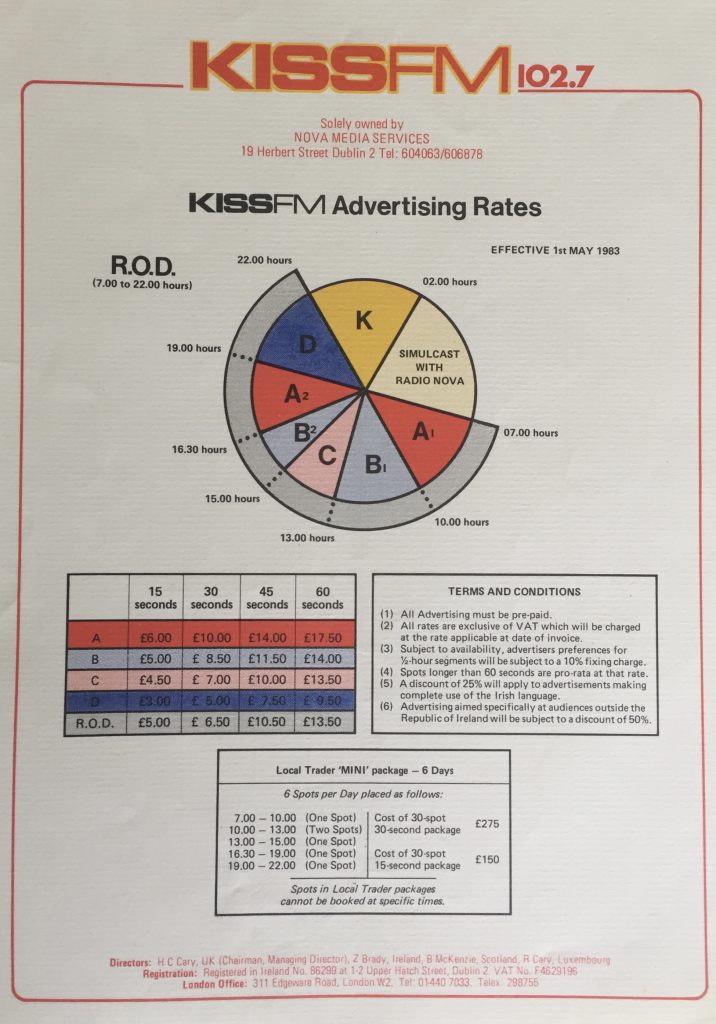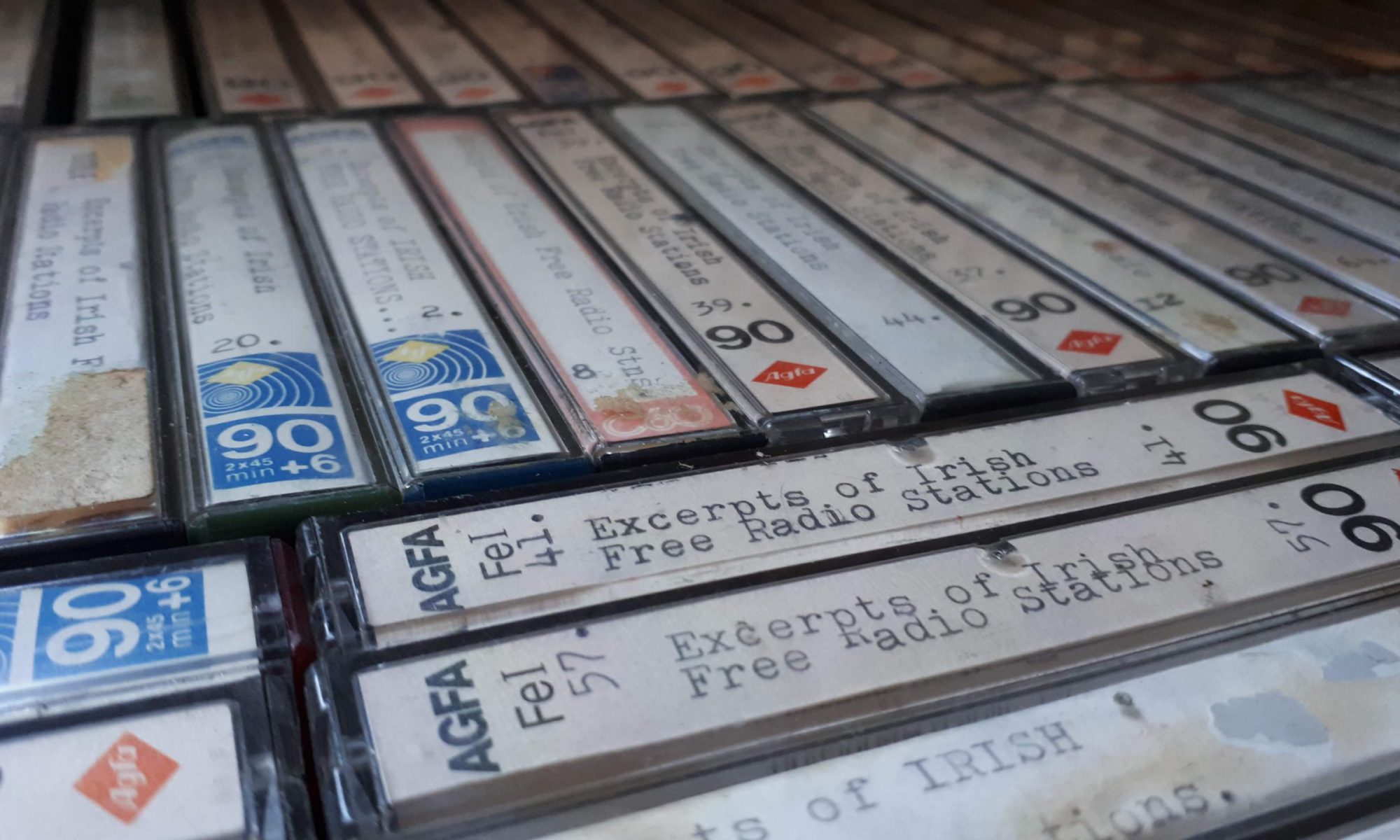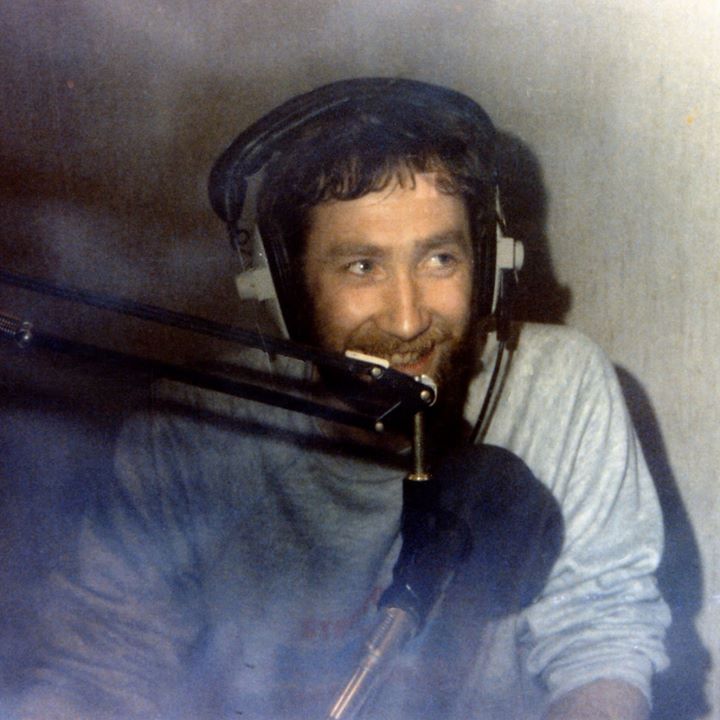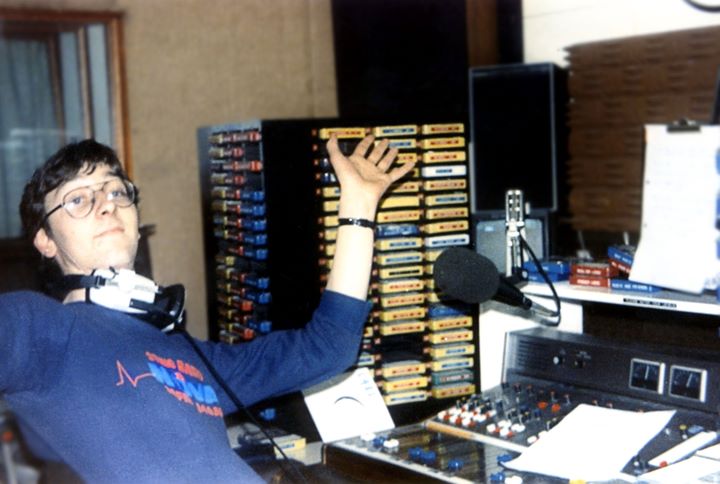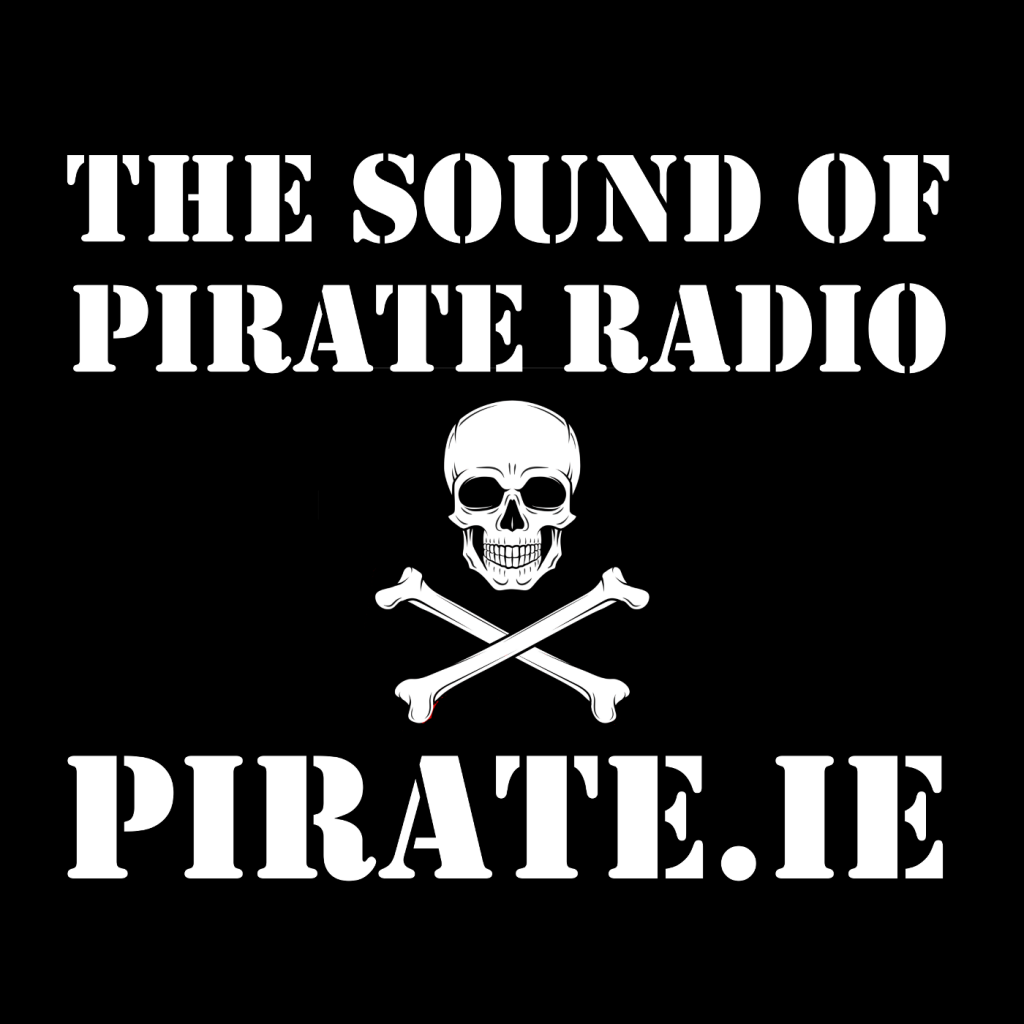Podcast: Play in new window | Download
Limerick Broadcasting Company (LBC) was a late-1970s pirate based in Limerick City. Information is scant, but the station is included in an update on the Irish scene by John Dowling, published in Sounds Alternative in December 1979, which lists it on 270 metres medium wave or 1110 kHz, so off-channel. The report says: ‘LBC was very cautious when dealing with us and reluctantly allowed us a look around the studios. We were asked not to publicise any information about the station, especially its location’. LBC continued to be logged until the spring of 1981 but we have no further information about it.
This recording of LBC is from 1st August 1979 from 1623-1710 and features DJ Jeff Steele with music and requests. 270 metres and 1110 kHz are announced on air. Only one advert is heard in the entire recording, so it’s clear that LBC wasn’t operating on a commercial basis. The heyday of the 1980s was yet to come, and most Irish pirates were small or part-time operators at this time. There’s a break in audio towards the end but we’re not sure if this is due to a technical issue at LBC or a problem with the cassette.
We thank John Breslin for his donation of this recording.
